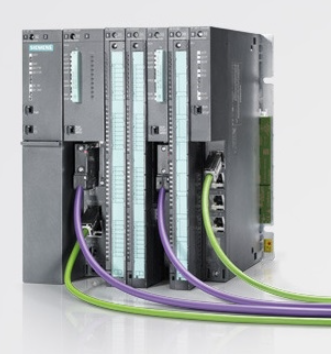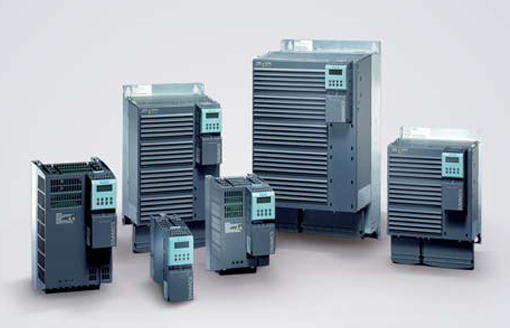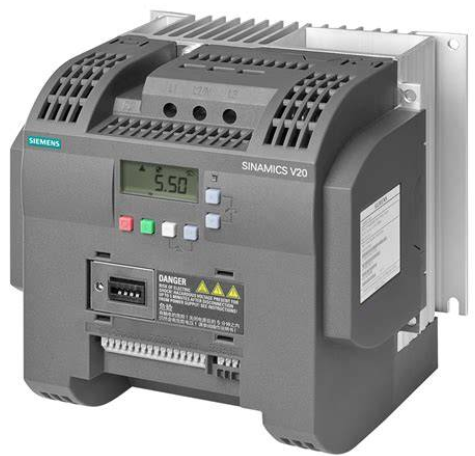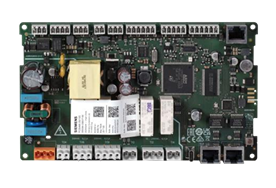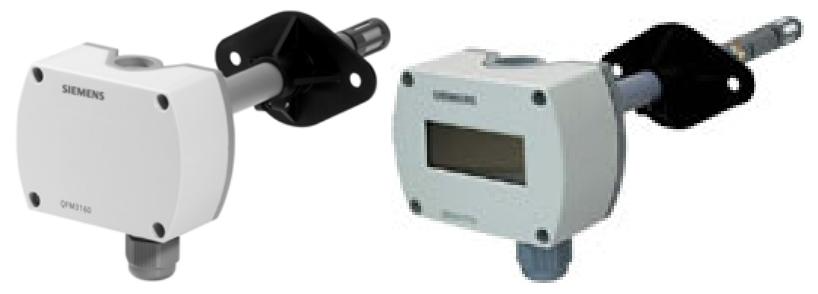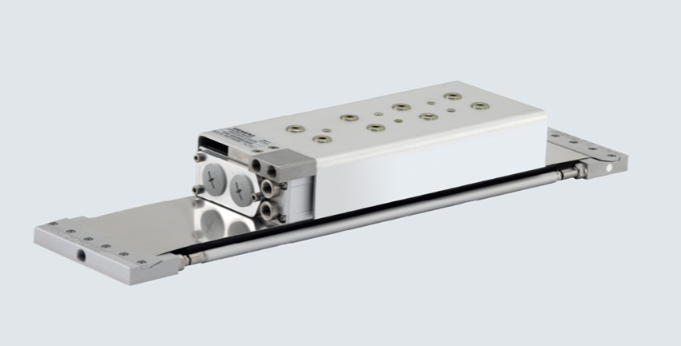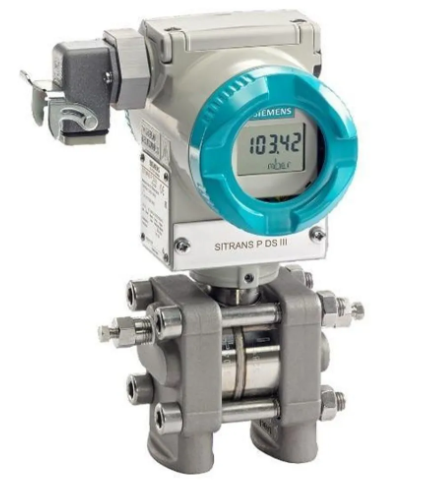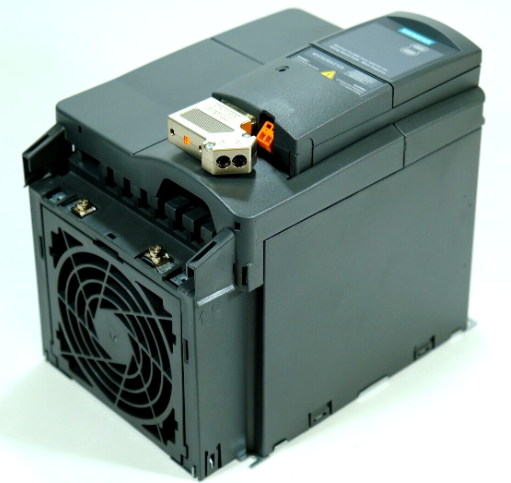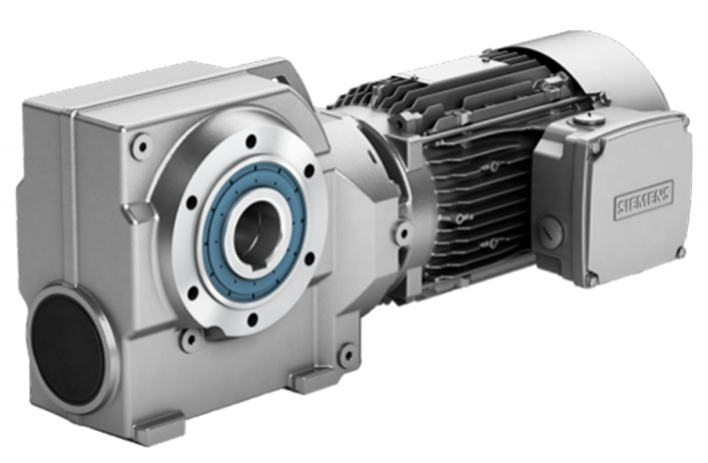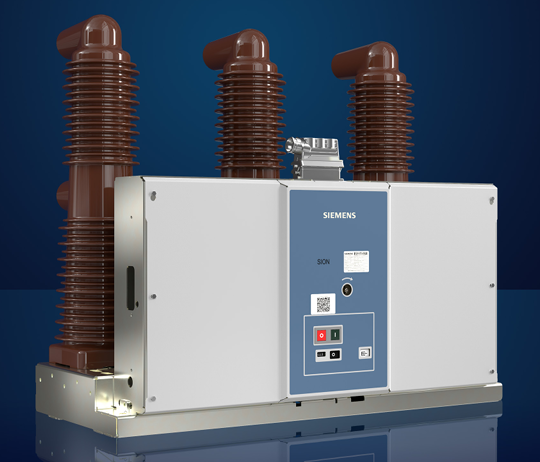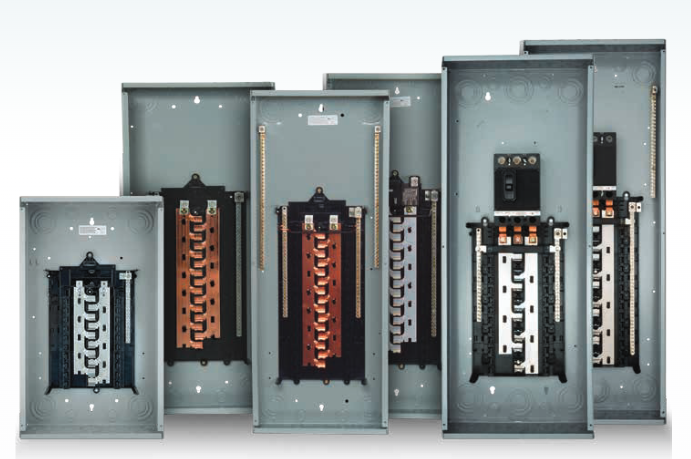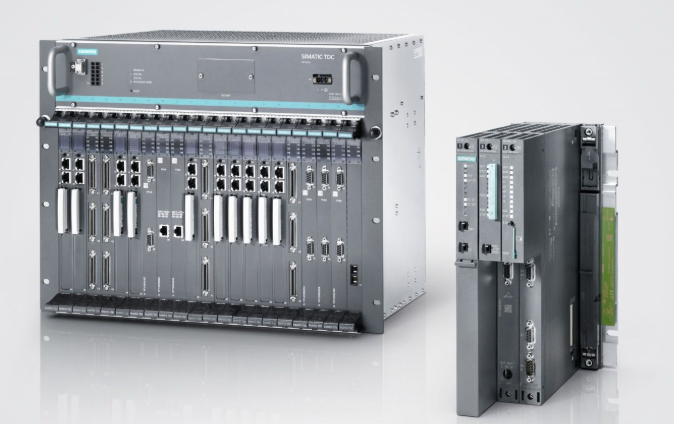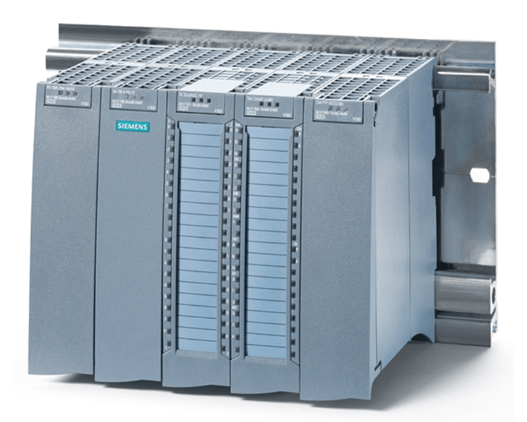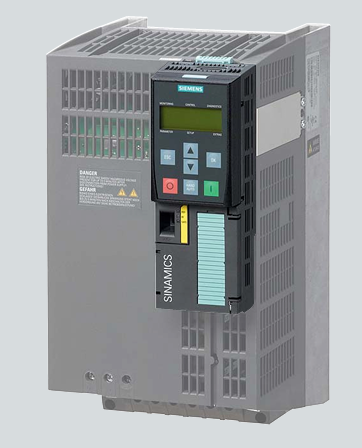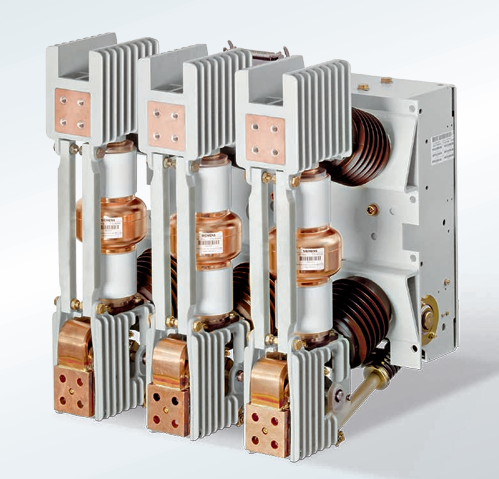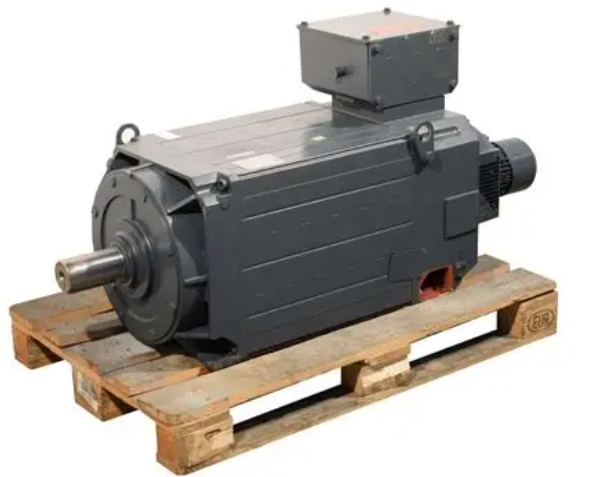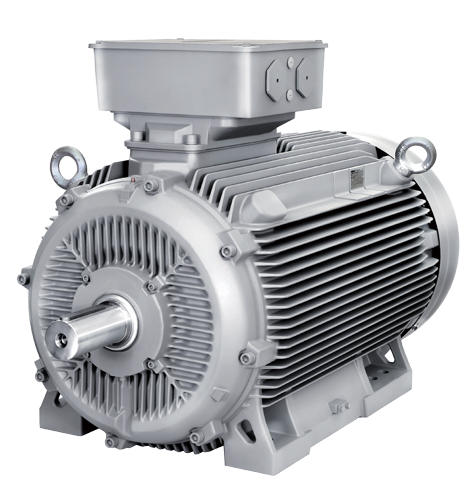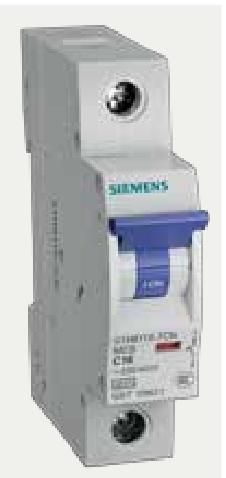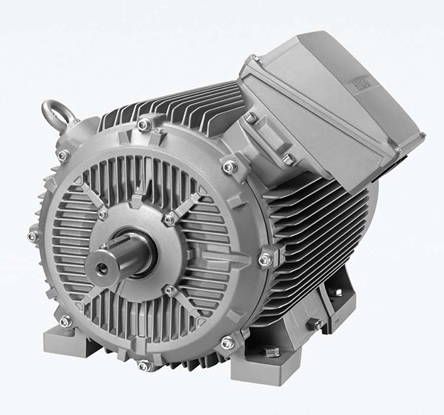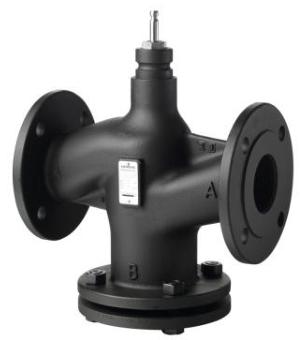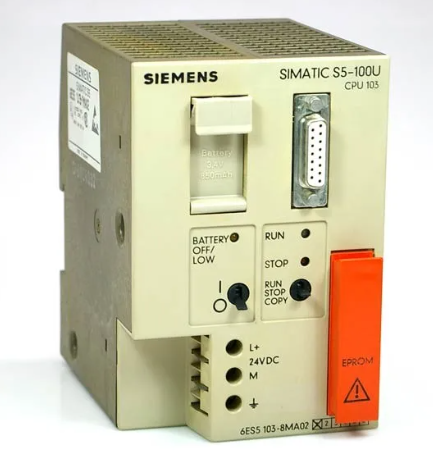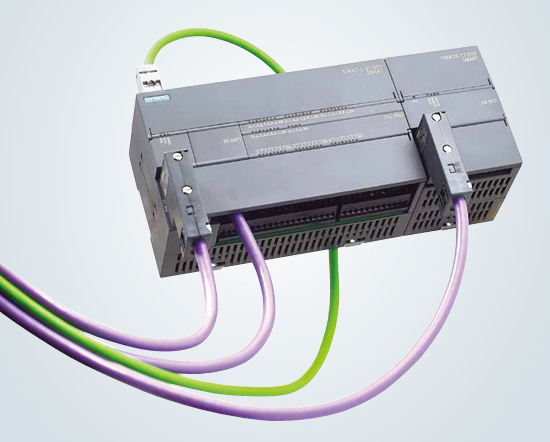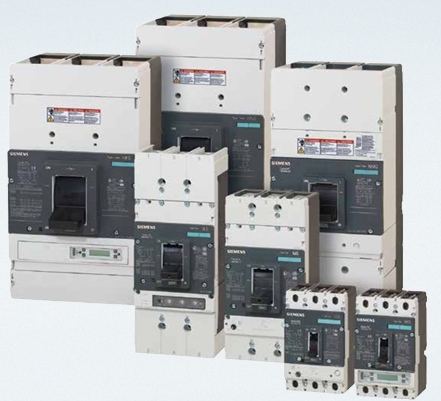FOXBORO P0500RU is an industrial grade high-performance control module belonging to the FOXBORO I/A Series ® The core component category of the control system mainly functions to receive monitoring data uploaded by on-site I/O modules (such as FBM207B), perform real-time calculations through built-in control algorithms, generate accurate control instructions, and issue them to executing agencies or on-site devices, while achieving collaborative communication with the upper computer system and other control modules. This module adopts a 32-bit high-performance microprocessor architecture, combined with FOXBORO's dedicated real-time operating system, to ensure fast response and stable operation of control logic. Its modular design supports redundant configuration, which can be flexibly deployed according to system reliability requirements. At the same time, it has complete self diagnosis and fault tolerance capabilities, effectively reducing the risk of production interruption caused by module failures and providing core support for the continuous operation of industrial production.
FOXBORO P0500RU control module
Product Overview
FOXBORO P0500RU is an industrial grade high-performance control module belonging to the FOXBORO I/A Series ® The core component category of the control system mainly functions to receive monitoring data uploaded by on-site I/O modules (such as FBM207B), perform real-time calculations through built-in control algorithms, generate accurate control instructions, and issue them to executing agencies or on-site devices, while achieving collaborative communication with the upper computer system and other control modules. This module adopts a 32-bit high-performance microprocessor architecture, combined with FOXBORO's dedicated real-time operating system, to ensure fast response and stable operation of control logic. Its modular design supports redundant configuration, which can be flexibly deployed according to system reliability requirements. At the same time, it has complete self diagnosis and fault tolerance capabilities, effectively reducing the risk of production interruption caused by module failures and providing core support for the continuous operation of industrial production.
Core functional characteristics
1. High performance computing and real-time control
The P0500RU module is equipped with a 32-bit industrial grade microprocessor with a main frequency of 1GHz, paired with 512MB high-speed cache and 1GB flash memory. It has powerful data processing capabilities and can simultaneously process up to 1000 analog signals and 2000 switch signals. It supports various advanced control algorithms such as PID (proportional integral derivative), fuzzy control, and predictive control. The control cycle of the module can be flexibly configured, with a minimum control cycle as low as 10ms, which can quickly respond to changes in on-site parameters and ensure real-time issuance of control instructions. For example, in the temperature control scenario of chemical reaction vessels, temperature fluctuations can be accurately controlled within ± 0.5 ℃ to meet high-precision production requirements.
2. Flexible control logic configuration and expansion
The module supports visual configuration of control logic through specialized configuration software such as FOXBORO Control Builder. Operations personnel can quickly build control circuits by dragging and dropping functional blocks according to production process requirements, without the need to write complex code, greatly improving configuration efficiency. At the same time, the module has rich interface resources and supports the expansion of digital I/O modules, analog I/O modules, and communication modules. It can expand up to 8 expansion modules to meet the needs of control systems of different scales. For example, in intelligent manufacturing production lines, centralized control and collaborative scheduling of multiple robot workstations can be achieved through expansion modules.
3. Redundant backup and fault tolerance
To meet the extremely high reliability requirements of critical industrial scenarios, the P0500RU module supports hot redundancy configuration, and two modules can form a primary and backup redundancy system, achieving real-time data synchronization through a dedicated redundant communication link. During normal operation, the main module is responsible for control tasks, while the backup module monitors the real-time running status of the main module; When the main module fails (such as power failure or communication interruption), the backup module can automatically switch to the working state within 50ms, and the control logic will not be interrupted or data will not be lost during the switching process, ensuring the continuous and stable production process. In addition, the module has a built-in fault isolation mechanism, which can avoid the impact of a single I/O channel fault on the operation of the entire module.
4. Multi protocol communication and system collaboration
The module has rich communication interfaces, including 2 Gigabit Ethernet interfaces, 2 RS485 interfaces, and 1 PROFINET interface, supporting various industrial communication protocols such as Modbus RTU/TCP, PROFINET, EtherNet/IP, etc. It can seamlessly interface with FOXBORO P0400ZG node bus interface module, P0400GH fieldbus power module and other peripheral devices, and achieve data exchange with the upper computer SCADA system and MES system. Through Ethernet interface, modules can be connected to industrial Ethernet to achieve multi module collaborative control and remote monitoring. For example, in large chemical industrial parks, multiple P0500RU modules can form a control network through Ethernet to achieve collaborative scheduling of various production devices.
5. Comprehensive self diagnosis and security protection
The P0500RU module is equipped with a comprehensive self diagnostic function, which can monitor the internal power supply, microprocessor, memory, communication interface, and connected expansion modules in real time. When a fault is detected, a local alarm can be triggered through the module panel LED indicator light, and the fault information (such as fault type and fault location) can be uploaded to the upper computer system through the communication interface, making it easy for operation and maintenance personnel to quickly locate and handle. At the same time, the module has strict security protection mechanisms, supports hierarchical management of permissions, and prevents unauthorized personnel from modifying control logic; Equipped with power-off data protection function, it can save key control parameters to non-volatile memory in case of sudden power outage, and automatically resume operation after power supply is restored.
Key technical parameters
core processor
32-bit industrial grade microprocessor, with a main frequency of 1GHz
storage capacity
512MB high-speed cache, 1GB flash memory (supports expansion up to 4GB)
Control cycle
10ms~1s (software adjustable)
Support control algorithms
PID、 Fuzzy control, predictive control, logical control, etc
Signal processing capability
Maximum 1000 analog points, 2000 switch points
communication interface
Gigabit Ethernet x 2, RS485 x 2, PROFINET x 1
Supported Protocols
Modbus RTU/TCP, PROFINET, EtherNet/IP, FOXBORO proprietary protocols
scalability
Supports up to 8 expansion modules (I/O module, communication module)
redundant function
Support hot redundancy, switching time ≤ 50ms
power supply
24V DC (± 10%), typical power consumption ≤ 15W
Working environment temperature
-40℃~70℃
relative humidity
5%~95% (no condensation)
Protection level
IP20 (module body), supports centralized installation in cabinets
Dimensions (length x width x height)
180mm × 130mm × 220mm (typical value, subject to actual product)
Applicable scenarios and supporting applications
The P0500RU control module, with its powerful computing power, flexible expansion characteristics, and high reliability, is widely used in various medium and large industrial automation control systems. The core applicable scenarios and supporting equipment include:
1. Petrochemical industry: Equipped with FBM207B I/O module and P0400ZG node bus module, it is used for temperature and pressure control of the reaction kettle and liquid level adjustment of the distillation tower in the refining unit. Through redundant configuration, it ensures continuous production and is suitable for scenarios such as crude oil processing and chemical intermediate synthesis.
2. Power industry: In conjunction with the P0400GH power module and dedicated monitoring module, it is used for speed control of generator sets, boiler water level regulation, and transformer temperature monitoring, achieving coordinated control of the main and auxiliary systems of power plants and ensuring stable power output.
3. Metallurgical industry: In the production process of steel and non-ferrous metals, high-temperature sensors and actuators are connected for temperature control of blast furnace hot blast stoves, oxygen supply flow regulation of converters, and resistance to high temperature and high interference environments to ensure stable smelting processes.
4. Intelligent manufacturing production line: Connect robots, conveyor belts, and quality inspection equipment through PROFINET interface to achieve automated control and process optimization of the production line, such as process collaboration and quality traceability of automotive parts assembly lines.
5. Water treatment and environmental protection industry: equipped with water quality analysis instruments and pump control modules, used for dissolved oxygen control in aeration tanks and automatic adjustment of dosing systems in sewage treatment plants, to achieve precise control and standard discharge of water treatment processes.
6. Monitoring of large storage tank areas: In petroleum and chemical storage tank areas, liquid level, pressure, and temperature sensors are connected to achieve real-time monitoring of tank parameters and emergency shut-off valve control, and redundant configurations are used to enhance safety assurance levels.
Key points of installation and operation and maintenance
1. Installation specifications
-The module should be installed in a well ventilated standard cabinet with a temperature controlled between 0 ℃ and 45 ℃, avoiding direct sunlight and rainwater immersion; The module spacing should be ≥ 10cm to ensure good heat dissipation.
-When configuring redundancy, the main and backup modules need to be connected through dedicated redundant cables, with a cable length of ≤ 5m, while ensuring that the power supply for the two modules comes from different power circuits to improve redundancy reliability.
-Communication cables should use shielded cables and be routed away from high-voltage cables (with a spacing of ≥ 50cm). Ethernet interfaces should use shielded RJ45 connectors to avoid electromagnetic interference affecting communication stability.
2. Operation and maintenance testing
-Regularly check the running status of the module through the upper computer software, including CPU usage, memory utilization, communication link status, etc. When the CPU usage continues to exceed 80%, it is necessary to optimize the control logic or expand the module.
-Perform power outage and restart maintenance on the module once a month (redundant configuration can take turns restarting the main and backup modules), clear redundant memory data, and improve operational stability; Check the tightness of module wiring terminals every quarter to prevent poor contact.
-When troubleshooting, the module panel LED indicator light can be used to preliminarily determine the type of fault, combined with the upper computer fault log to accurately locate the problem. When replacing the module, it is necessary to ensure that the new module firmware version matches the system.
3. Firmware upgrade
The module supports firmware online upgrade through Ethernet, and control logic and parameter configuration need to be backed up before upgrading; Ensure stable power supply during the upgrade process to avoid module failures caused by interruptions. It is recommended to perform the upgrade operation during production intervals.
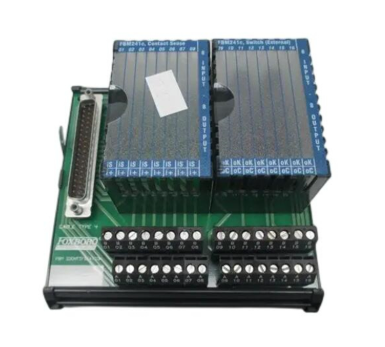
- User name Member Level Quantity Specification Purchase Date
- Satisfaction :
-









Email:wang@kongjiangauto.com




